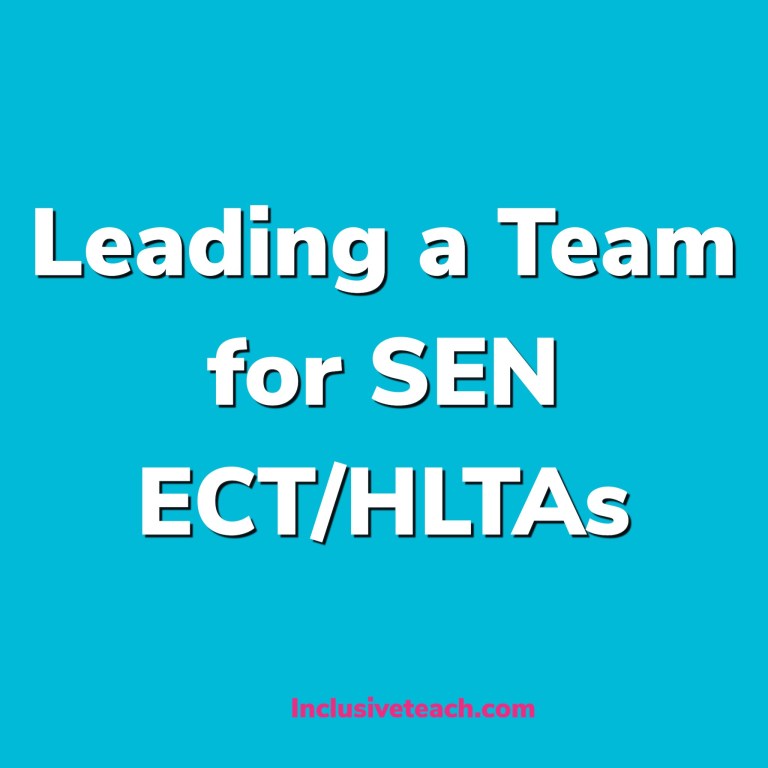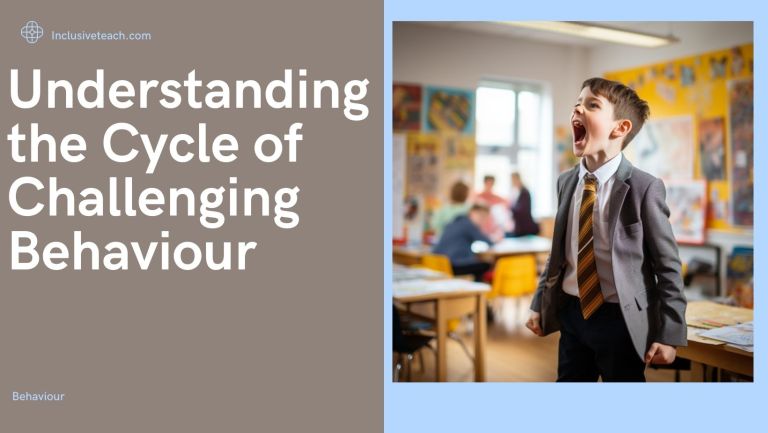3 Must-Read Leadership Books for School Leaders: Essential Takeaways
Applying Leadership Lessons to School Leadership
On my leadership journey, I have read various leadership books and the insights they provide for aspiring or existing school leaders. Leadership is a critical aspect of any school. School leaders play a vital role, and have accountability for ensuring that their schools are successful in achieving their goals. Their leadership style can significantly impact the overall performance of the institution. These books apply perfectly to the challenges of educational leadership.
In this blog post we discuss some of the key learnings from 3 leadership books that school leaders can apply in their day-to-day operations. These insights are applicable across different school settings. They can benefit leaders at different levels, from key stage managers, subject heads to headteachers. You might find this free publication by the Education Development Trust on successful school leadership useful to read after this blog. It goes into detail about instructional and transformational leadership, both of which are mentioned in the leadership books in this post.
Leaders Eat Last – Simon Sinek
Summary: “Leaders Eat Last“. The concept of leadership entails individuals who are willing to confront the unknown and rush towards danger, while setting aside their personal interests to protect and guide their followers towards a brighter future. Such individuals would willingly make sacrifices of their own resources to safeguard their followers and would never jeopardise the safety of their followers for their own gain. This is one of the books education leaders should read.
The role of school leaders is to create a sense of safety and belonging within the school, where people can trust and cooperate with one another to achieve collective goals. By offering trust, empathy, and a clear set of human values and beliefs, leaders can create a Circle of Safety that fosters a culture free of danger from each other. In turn this reduces stress levels and promotes a sense of security. Creating a feeling of comfort and confidence at work diminishes the overall stress experienced by individuals.
Good leaders eschew the spotlight in favour of spending their time and energy supporting and protecting their people, while always remembering whom they serve. Ultimately, leaders earn the trust of their followers by treating them like people, extending trust to them, and ensuring they feel safe and valued, thus creating a sense of community and inspiring them to work tirelessly to achieve their vision.

Key Learnings and Application for School Leaders
| Key Learnings | Application in School Leadership | Similar Concepts |
|---|---|---|
| Leaders who prioritise the well-being of their team and foster a sense of belonging, trust, and cooperation can create a “Circle of Safety” where individuals feel secure and work together to achieve common goals. | School leaders can prioritise the well-being of their teachers and staff by creating a positive work environment, promoting work-life balance, and offering opportunities for personal and professional development. By fostering a sense of belonging and trust, they can promote collaboration and teamwork among their staff, leading to a positive school culture and improved student outcomes. | Servant leadership, transformational leadership, ethical leadership |
| Hormones such as dopamine, oxytocin, serotonin, and endorphins play a significant role in human behaviour and can be harnessed by leaders to create a positive work environment. | School leaders can create opportunities for their staff to experience a sense of accomplishment, social connection, and happiness, which can lead to increased motivation, engagement, and well-being. They can also use these insights to better understand their own behaviour and that of their team members. | Emotional intelligence, positive psychology, motivation theories |
| Effective leadership requires empathy, active listening, and the ability to connect with others on a human level. | School leaders can practice active listening, seek to understand the perspectives and needs of their staff, and use empathy to build strong relationships with their team members. By connecting with their staff on a human level, they can create a sense of mutual respect, trust, and understanding, which can lead to improved communication and collaboration. | Relationship-centered leadership, humanistic leadership, compassionate leadership |
| Leaders who prioritise the long-term success of their school and the well-being of their team members over their own personal gain can create a culture of trust and loyalty. | School leaders who prioritise the success of their school and the well-being of their staff over their own personal gain can create a culture of trust and loyalty. By demonstrating integrity, transparency, and a commitment to their shared vision and values, they can build a strong sense of purpose and commitment among their team members. | Authentic leadership, stewardship theory, values-based leadership |
No Bulls**t Leadership
Summary: Effective leadership is an essential component of any successful organisation. For the sake of this post that is a school. As such, there is a need for more leaders from all walks of life who recognise their responsibility towards those who depend on them, their community. The traditional, top-down, hierarchical approach to leadership has proven ineffective in today’s dynamic and complex world, and a new way of leadership is needed.
The subject of leadership is often surrounded by misleading information and inflated rhetoric, which hinders people from reaching their full potential. If we take a point from “Leaders eat last” leaders should eschew the spotlight but the media focus on “Inspirational Leaders” often conflated with “Motivational Speakers” excludes many from aspiring to leadership roles. It is crucial to recognise that leadership is not innate, and there is no one leadership type. Rather, leadership is a challenging but not overly complicated art of getting things done by navigating a group of people from a defined starting point in the present to a simple defined state in the future.
The formula for leadership impact is a combination of objectives, strategy, team, values, motivation, and action. However, it is worth noting that without action, none of the other elements matter. Thus, leaders should embrace the inevitability of errors and aim for timely decisions. They should also focus on creating a nimble decision-making culture by asking all subordinates for their recommendations, promoting diversity and inclusivity, and cultivating a culture of gratitude. Moreover, leaders must act as shields for their teams, offering them confidence and protection while not shying away from difficult conversations and taking decisive actions to address the wrong people.

Key Learnings and Application for School Leaders
| Key Learnings | How to use in a school leadership setting | Similar Concepts | Explanation |
|---|---|---|---|
| Leadership is not about being liked, it’s about delivering results | In a school leadership setting, focus on achieving measurable goals and objectives instead of trying to please everyone. | Situational Leadership | No BS Leadership emphasises the importance of being a results-driven leader and encourages school leaders to focus on achieving their goals even if it means making difficult decisions. |
| Define your company’s values, mission, and vision | As a school leader, establish clear values, mission, and vision for the school community to align everyone towards a common goal. | Servant Leadership | Defining the school’s values, mission, and vision provides direction for the school and aligns everyone towards a common goal. The book stresses that these values should be specific, measurable, achievable, relevant, and time-bound (SMART). |
| Be a decisive leader | In a school leadership setting, being decisive is important to make quick and informed decisions to solve problems and take advantage of opportunities. | Transformational Leadership | Decisive school leadership can be achieved by setting clear goals, establishing a sense of urgency, and communicating openly with staff, students, and parents. It is about empowering individuals and driving change. |
| Foster a culture of accountability | As a school leader, it’s important to create an environment where staff and students are accountable for their actions and decisions. | Authentic Leadership | School leaders need to be honest and transparent with staff and students, acknowledging mistakes and taking responsibility for them. It encourages leaders to empower their staff, hold them accountable, and recognise their achievements. |
| Communication is key | Effective communication is crucial in a school leadership setting, whether it’s communicating with staff, students, or parents. | Transactional Leadership | The book emphasises the importance of being a good communicator, listening actively, and providing timely feedback. Effective communication can help build trust, foster collaboration, and create a positive school culture. |
Leadership Strategy and Tactics: Field Manual
Summary: “Leadership Strategy and Tactics: Field Manual” by Jocko Willink is a comprehensive guide for leaders at all levels. Willink discusses the importance of balancing strategic thinking with tactical execution to achieve success in any leadership role.
Willink believes that effective leaders must be able to both create a clear vision for their team and develop the tactics to achieve that vision. He argues that leaders must take a decentralised approach to decision making, empowering their team members to take ownership of their work and make decisions within their areas of expertise. Great advice for those looking to utilise the skills of their middle leaders. A key focus is on the importance of building trust and rapport with team members and fostering a culture of accountability.
The author also stresses the importance of continuous learning and self-improvement for leaders. Leaders need to take responsibility for their own development, seeking out feedback and actively working to improve their skills and knowledge.

Key Learnings and Application for School Leaders
| Key Learnings | Real-Life Application | Similar Concepts | Explanation |
|---|---|---|---|
| Effective Leadership | Identify what good leadership is and how to achieve it | Leadership Principles | Leadership is about setting a direction for a team or organization, aligning people to work towards that direction, and motivating and empowering them to achieve the desired results. Good leaders are able to inspire, influence, and guide their followers to success. |
| Developing Strategies | Develop plans and tactics for achieving objectives | Strategic Planning | A strategy is a plan of action designed to achieve a particular goal. It involves identifying the objective, analyzing the current situation, evaluating options, making decisions, and implementing the plan. Effective strategies are clear, focused, and aligned with the overall mission and goals of the organization. |
| Tactics and Execution | Take action and implement plans effectively | Tactical Planning | Tactics are specific actions or steps taken to achieve a strategic goal. Execution is the process of implementing plans and tactics effectively. Good leaders are able to translate strategy into action and ensure that plans are executed efficiently and effectively. |
| Leading People | Motivate and inspire people to achieve great results | People Management | Leadership is fundamentally about leading people. Effective leaders are able to inspire, motivate, and empower their followers to achieve great things. They are able to build strong teams, develop talent, and create a positive culture that supports high performance. |
| Communication | Communicate effectively with others | Communication Skills | Communication is a critical skill for leaders. It involves the ability to convey ideas clearly, listen actively, and provide feedback in a constructive manner. Good communication skills are essential for building relationships, resolving conflicts, and achieving results. |
| Decision Making | Make effective decisions in complex situations | Decision-Making Skills | Decision making is a key leadership skill. It involves identifying options, evaluating risks and benefits, and making choices that are aligned with the overall mission and goals of the organization. Effective decision making requires a clear understanding of the situation, careful analysis of available information, and the ability to balance multiple factors and perspectives. |
Bonus Reading on Educational Leadership.
Radical Candor by Kim Scott is an excellent book to read when leading a team, especially in terms of managing and holding people to account. Read our in-depth review of Radical Candor relating to school leadership.








Thank you for the recommendations. I read a lot of Leadership books but haven’t seen these! I’ll be adding them to my list.